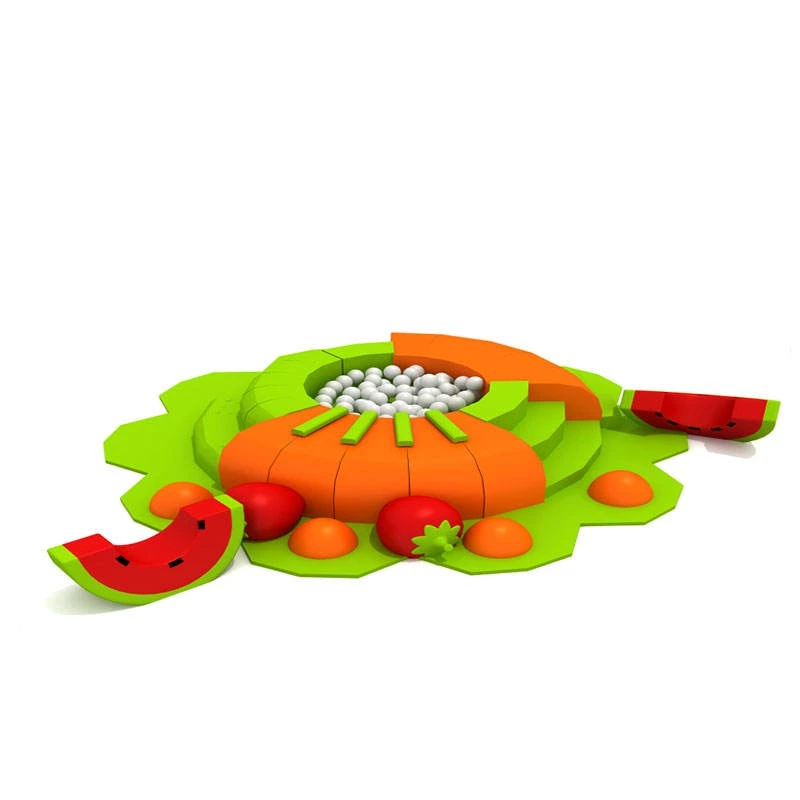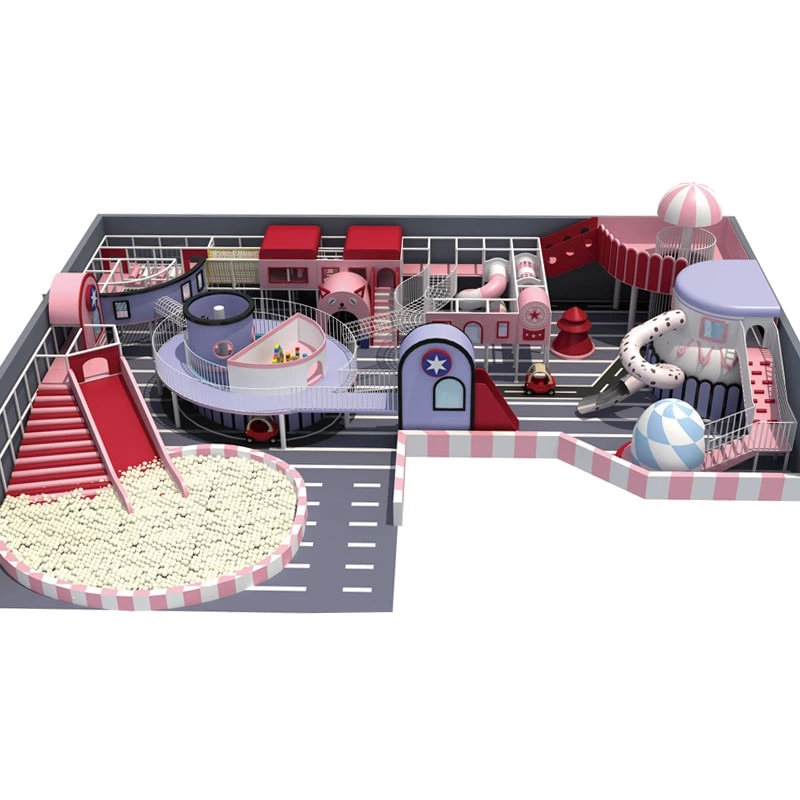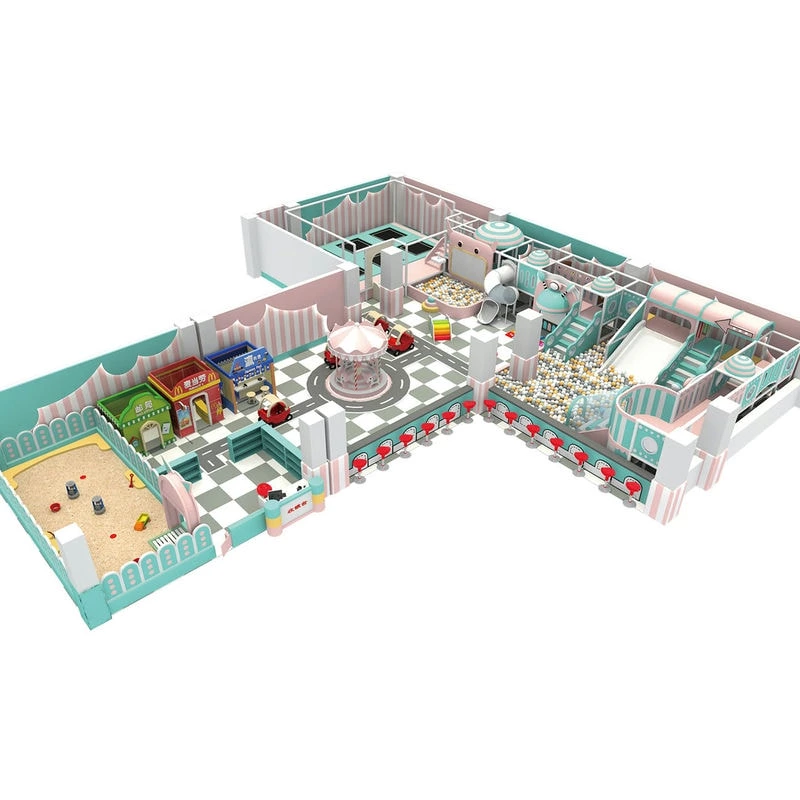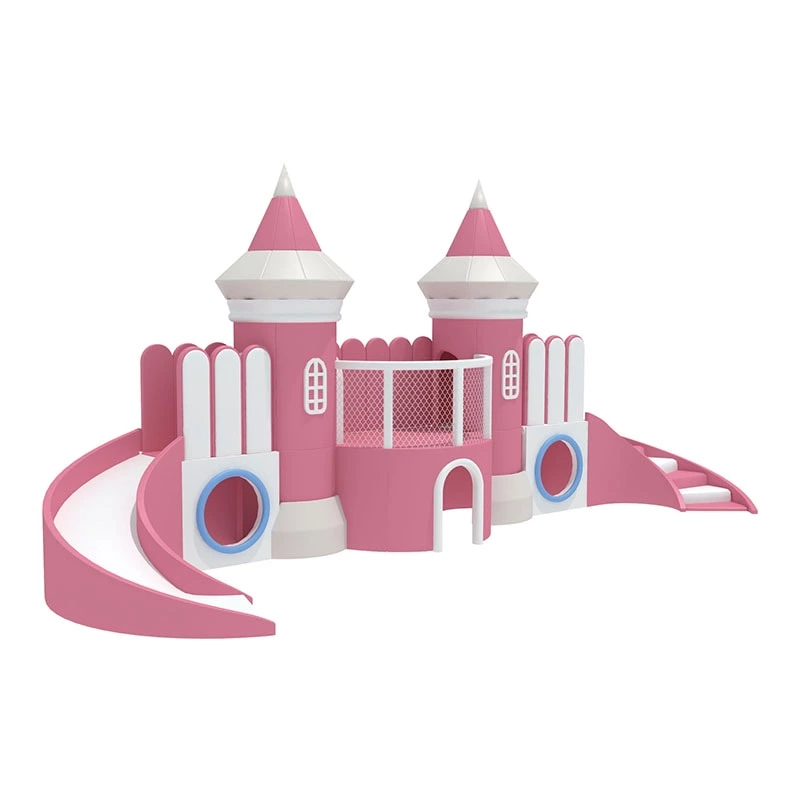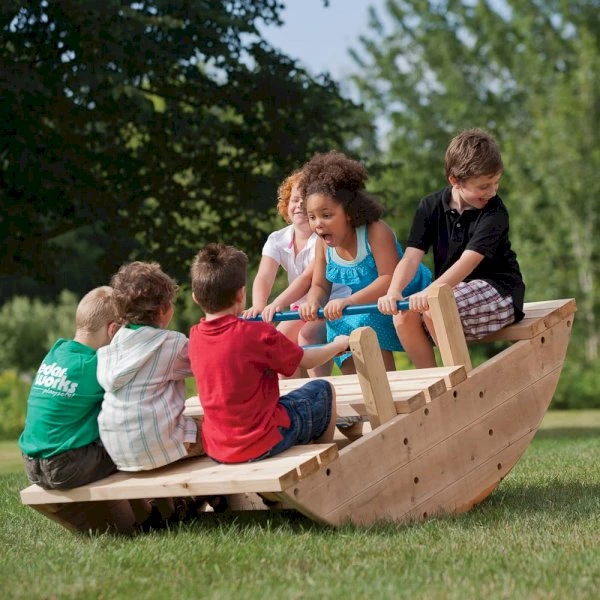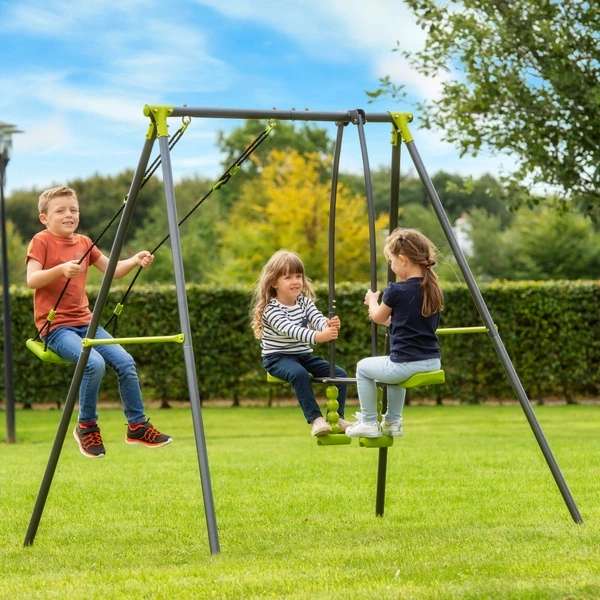The Earlier The Better When It Comes To Sensory Training For Infants And Toddlers!
What is sensory integration?
In one sentence: The learning process in which the brain and body coordinate with each other.
0-3 years old is the formation period of sensory dominance
3-6 years old is the optimal correction period
6-13 years old is the compensatory period
After the age of 13, the feeling of integration is basically fixed and difficult to correct.
Symptoms of sensory dysregulation:
Children with visual integration disorders are prone to skipping lines and words while reading and writing, and often lose things in their daily lives.
Children with auditory integration disorders often turn a deaf ear and have poorer attention and memory compared to their peers.
Children with tactile integration disorders are often very sensitive to the touch of others, and are prone to negative emotions or behaviors such as anxiety, hyperactivity, and unease.
Children with vestibular integration disorders often cannot accurately judge distance and direction, and have poor coordination skills when doing things or playing games
Children with proprioceptive integration disorders often experience problems such as uncoordinated movements and stuttering.
Training methods for sensory integration
Training methods for vestibular perception
Crawling (must crawl more in infancy and toddlerhood)
Swinging
Rolling forward
Balance board game
Training tactile methods
Gravitational embrace
Finger pressure massage
Toys such as tactile balls
Training Ontological Methods
Do more passive exercises during infancy and early childhood
The Development of Age appropriate Exercise and Major Sports
Multiple outdoor sports
Training visual methods
Follow up training
Look at different picture cards and character cards
Rich visual stimulation
Training auditory methods
Listen to different sounds more often
Adequate language environment
